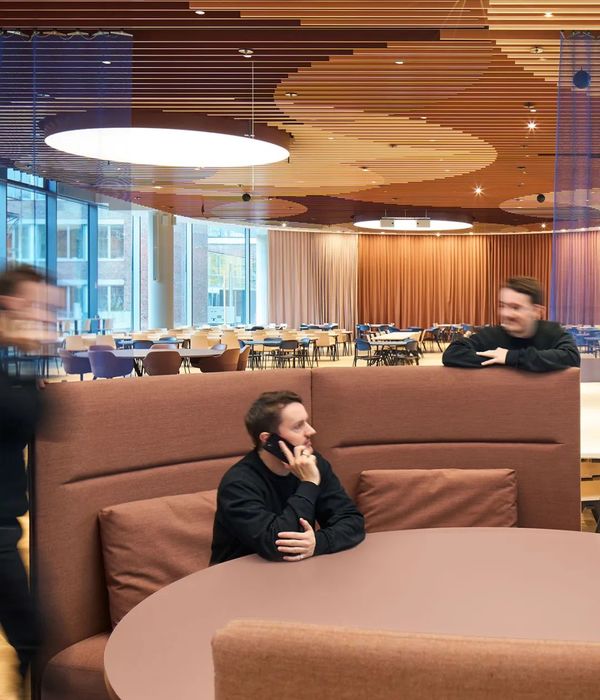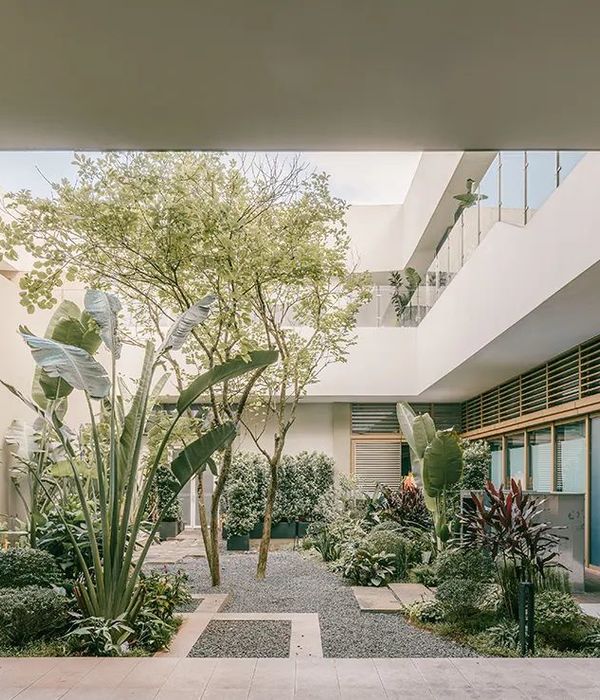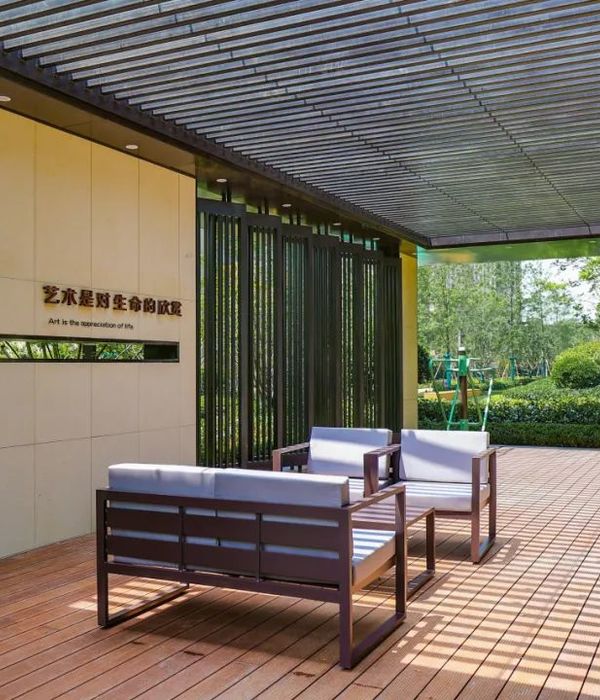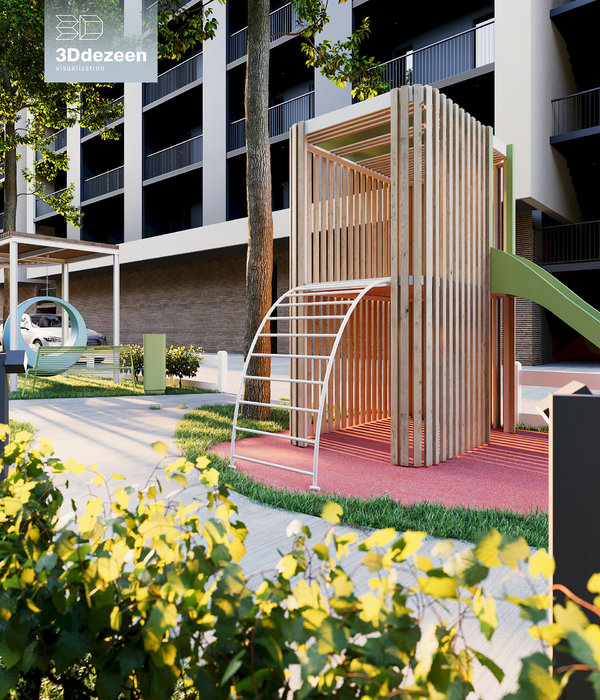英文名称:Nanjing Huashu Village entrance Landscape transformation
位置:江苏 南京
该项目场地位于江苏省南京市,是对该市辖区内华墅村的改造。项目场地位于华墅村的村口位置,设计团队希望能够通过对当地旧住宅的改造,建立并修复传统的中国乡村景观,使得这里成为一个面积较大的公共场所。另外,设计师们希望能够使用传统的田园装置和建造来重新竖立华墅村的形象。
在传统的乡村中,村门口的景观是野生风景与乡村风景的隔绝标志,人们经常会在这里建造标识牌,分离口,交通流组织,休闲区域或者聚会区等等。通常情况下,村口的位置会有一棵大树,一个凉亭,一个广场或者一座寺庙,这样的话才算是一个完整的村庄。在该项目中,村入口的地方有一个不大的房屋,这里也被称为“马路凉亭”,主要是为村民们或者游客提供一个休息的地方。村庄内大部分的景观建筑都由当地宗族标志的,是由村民们集款建造的,有的是由个体捐赠的。
The country shop is located in the village entrance. The program tried to restore the traditional Chinese "village entrace" space by converting an old house into a public space, hoping to use some traditional arrangements and construction methods to reshape the publicity of the village.
In the traditional villages, the entrance was the division of country and nature, which undertook functions of signs , separation, traffic organization, leisuring and gathering.Usually the village entrance should have a big tree, a pavilion, a square and a temple, only in this way can be said to be a complete village. A small house passed through by village roads was called Road Pavilion, set for the villagers and passers-by to have a rest. Most of these buildings were owned by village clan organizations, built by the villagers raised funds or donated by the individuals.
南京华墅村村口景观的改造实景图
{{item.text_origin}}












